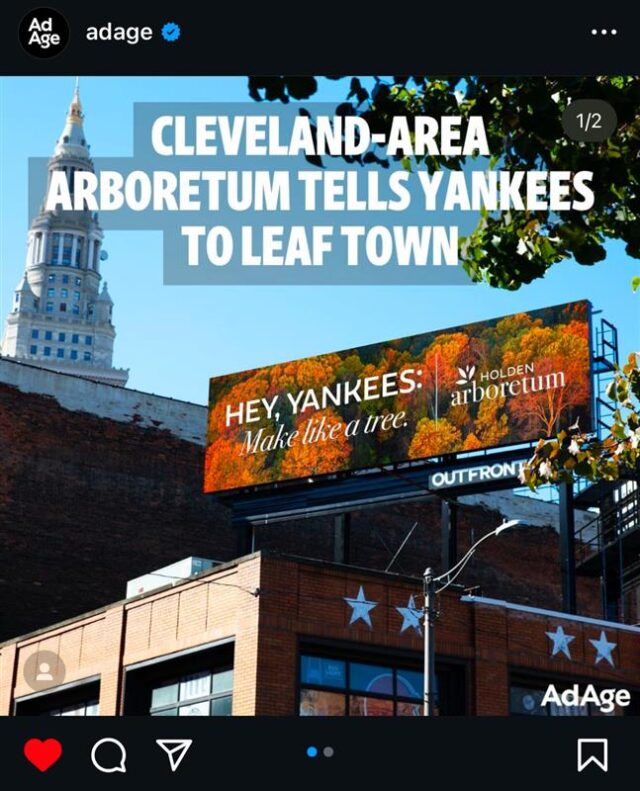Earned media. It’s the unicorn of advertising. The most elusive and potentially valuable member of the Triad of Media™® along with paid media (like TV, OOH, digital ads, etc.) and owned media (i.e. a brand’s website, blogs, organic social).
What does earned media earn? Media buzz. Shares on all the socials. And invaluable word-of-mouth momentum. To put it in early-aughts terms: when something “goes viral,” that’s earned media.
How does earned media, um, earn this media? With ideas that are so simple, relevant, and original—so entertaining or useful—that they win eyeballs, hearts, minds, and enough street cred to get shared exponentially at a bargain-basement price. Which is why brands love earned media. They get nearly-free exposure and a reputation boost for producing disruptive ideas that bypass other media vehicles OR use those media vehicles in such unexpected ways they see exponential ROI.
And while it’s tempting to say, “sounds great, one earned media, please,” creating and earning earned media still requires a dedication to strategy and brand authenticity. Plus, the courage to take a leap of faith into uncharted waters. So, before taking the plunge, let’s look at some effective frameworks for thinking about earned media.
1.
Earned Media can be
Circumstantial.
In the fast-moving world of (waves arms to encompass everything) the world, there’s always a place for advertising that seizes the moment. In this case, we’re looking for opportunities for your brand to have something simple, relevant, and original to say about whatever is in the now like current events, pop culture, or some large upcoming, you know, thing.
Say that it’s a hotly contested election year. What brand could better counterprogram the nonstop electioneering rhetoric than a quiet, walkable historic cemetery that just so happens to be home to some famous political figures? Enter Lake View Cemetery.
2.
Stand out with simplicity.
This framework leans heavily into brand strategy. As in: what’s a very unique problem your brand can solve? And how can we demonstrate that solution in a simple, relevant, and very original way? When earned media is product focused, it’s profoundly ownable. A brand is either saying something only it can say or is saying something very novel before anyone else in the category.
Take neuro, a lifestyle drink brand with a cache of celebrity fans. Including Neil Patrick Harris, who loved neuro SLEEP, their melatonin-fortified prebedtime beverage. And was willing to make a product-benefit-heavy (but still mildly alluring) music video about how well it works.
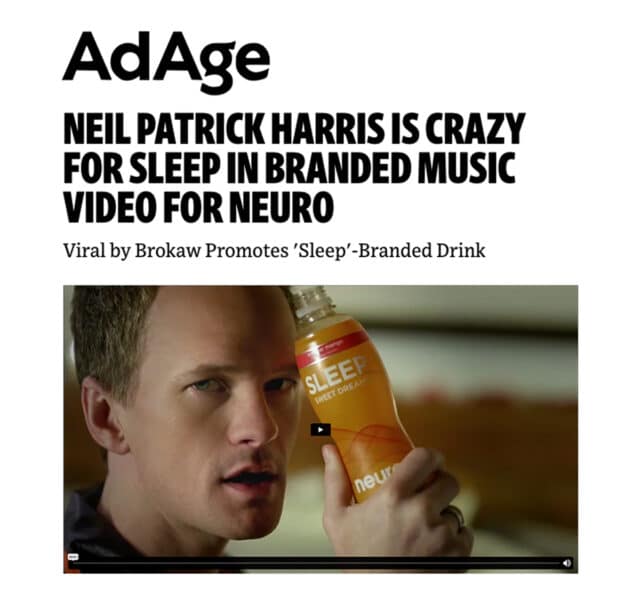
This video garnered over 1.3M views, was named Adweek’s ad of the week, Creativity’s Pick of the Day, and appeared on Mashable.
Brands are rarely more product-focused than White Castle, makers of the world’s most famous (and smallest) slider hamburgers. Earning media for the reopening of a handful of restaurants meant leaning into their diminutive, delicious, and slightly askew brand in a big way—including launching the world’s smallest microsite featuring a smart car giveaway.

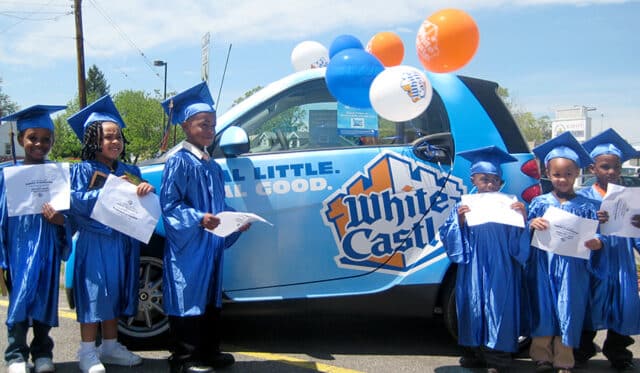
In addition to developing the tiniest website ever, we also held grand openings that celebrated all things diminutive. Like these real little, real good kindergarten grads. (Dang, so cute.)
3.
Earned Media can be
Cause Related.
You know who loves feel-good stories? Everybody. So, when you can associate your brand with a movement, organization, or cause in a simple, relevant, and original way, there’s an opportunity for buzz via “the feels.” The key to this earned media framework is authenticity. How can your brand help someone else in a way that’s not tone deaf or overly self-serving?
The Greater Cleveland Regional Transit Authority’s cause? Helping people get where they need to go safely, less-expensively, and on-time. So, what if they created an earned-media-generating movement built on all the ways RTA helps drivers escape the frustrations of their car-trapped lives. Like inventing “National Park Your Car Day” and staging a huge rally featuring a protest group like P.W.A.S.O.D.A.P.F.G. (People Who Are Sick Of Driving And Paying For Gas) chanting and carrying signs bemoaning things like potholes, rush hour, and “that guy who doesn’t wave when you let him in” that local political leaders and media could get behind.
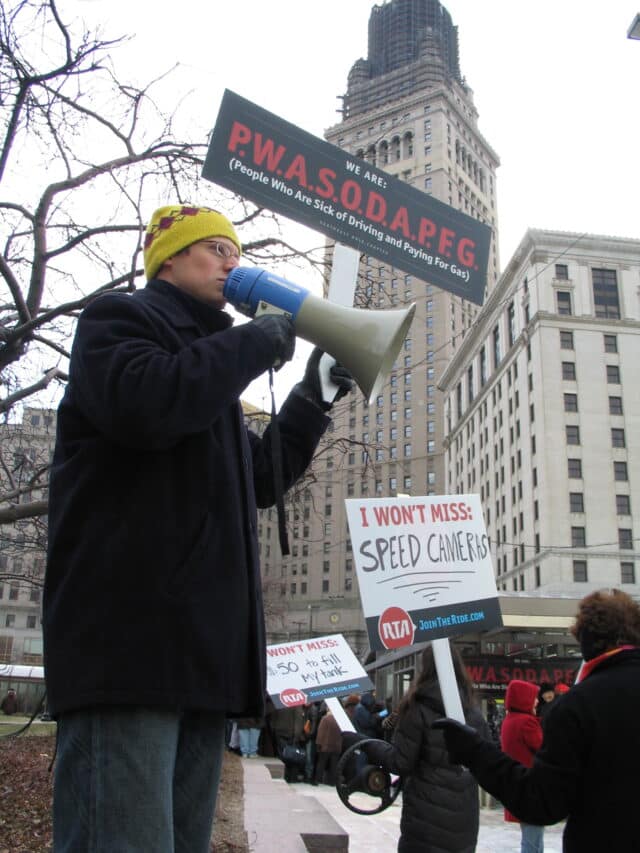
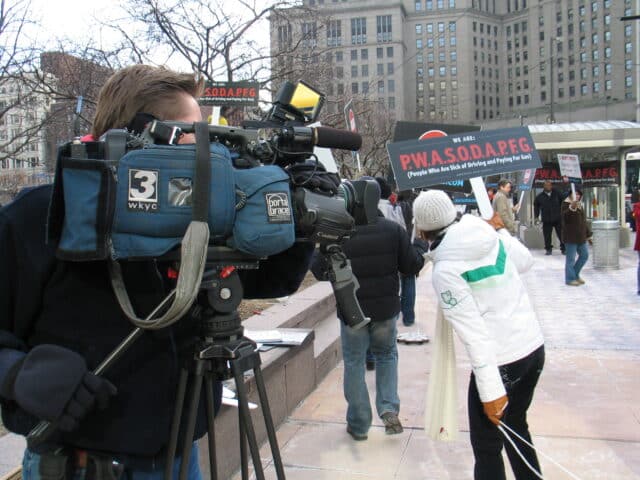
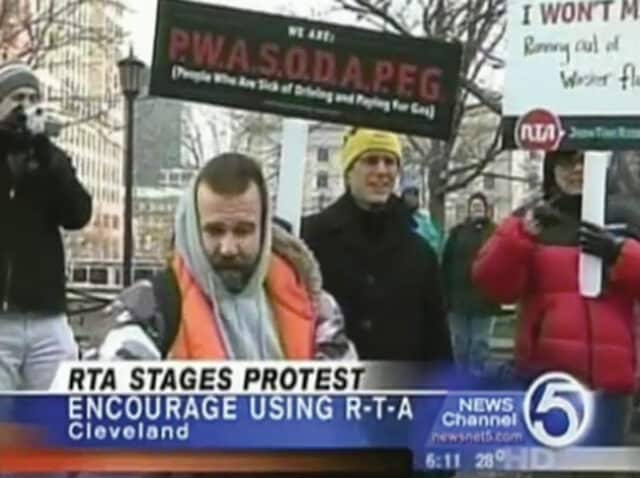
Our “protest” was heard on the streets and on multiple local media outlets. (But in our hearts: around the world.)
4.
Reverse engineer the buzz you want.
This particular framework is highly tactical: think of the kind of unearned media hits you’d like to get and find the simple, relevant, and original path back to your brand. The focus here should be on specificity. “Everyone thinks Brand Co. Incorporated is great” is likely too broad and vague to back into any buzz-worthy ideas.
For example: “A Beverage Company turns a boring bus shelter into a photo-opp-worthy experience in the Olympic Village.”
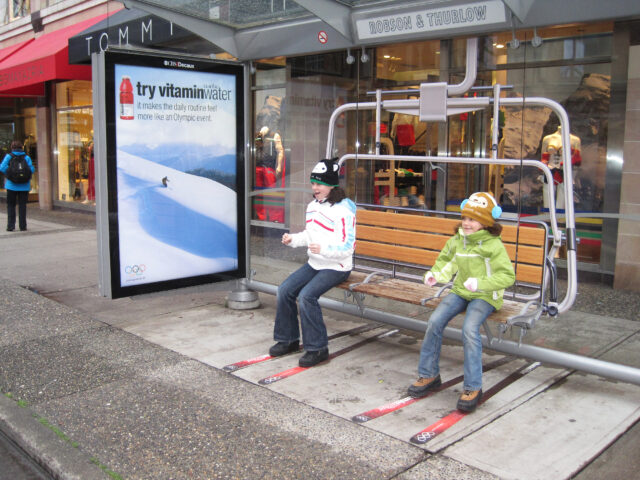
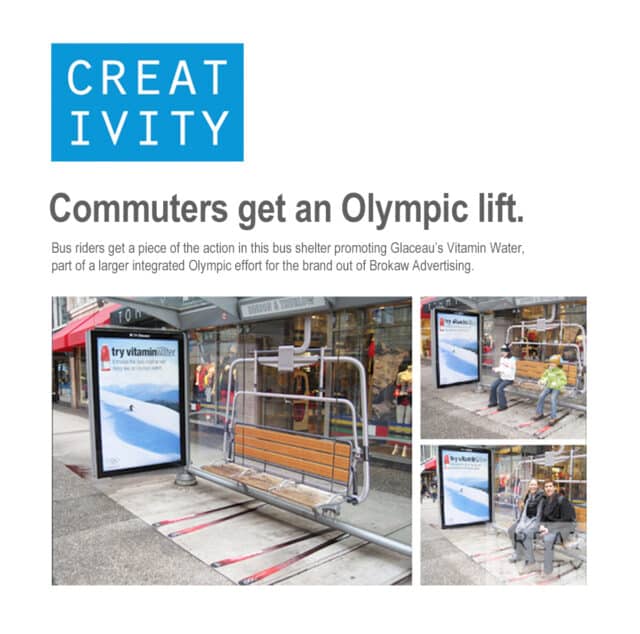
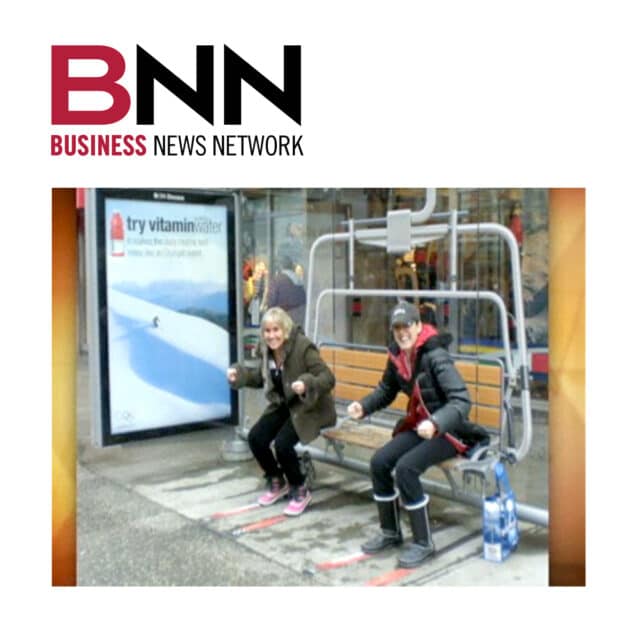
Another example: “An historic Arboretum gets weirdly fired up about post-season baseball.”

